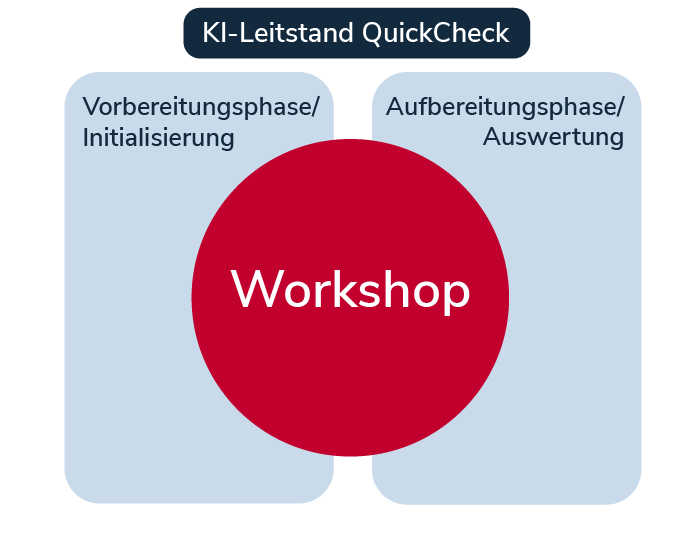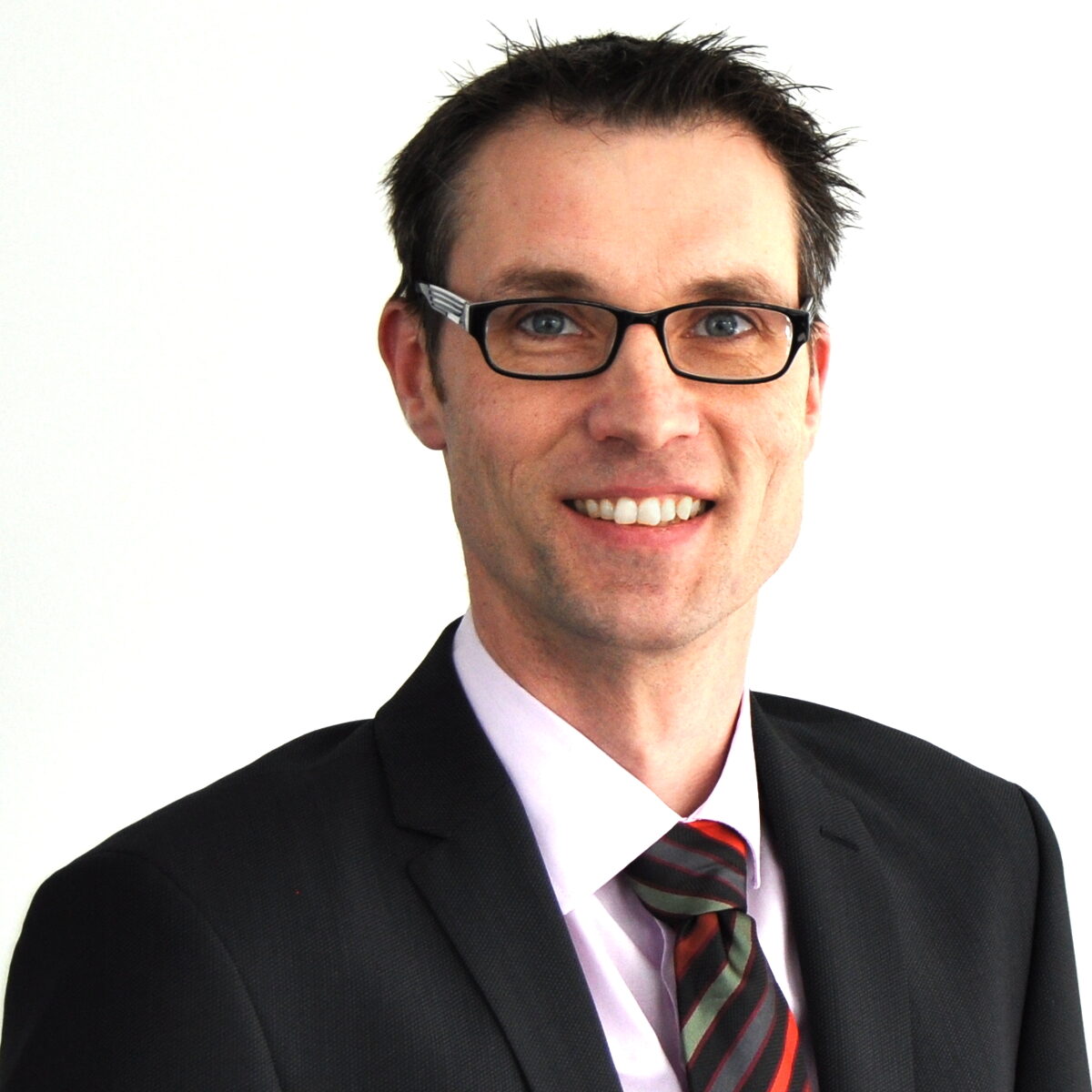AI control station QuickCheck
Your entry towards the Smart Company
The core of our KI-Leitstand QuickCheck is a 1-day workshop flanked by an upstream initialization phase and an intensive evaluation and results processing phase afterwards.
In addition to answering key questions such as.
the focus is on developing a basic mathematical formula for mapping the company. Based on an initial use case or a jointly formulated objective, the effectiveness is tested and the potential is determined.

Principles of the QuickCheck
Localisation
In order to determine the path to a goal, you have to know where you want to go on the one hand and, above all, see where you stand. Only then can a route be planned. The KI-Leitstand QuickCheck does just that. Together, we take stock of the situation and determine the maturity level of the company. Potential starting points for the AI control center are identified and evaluated, as well as set framework conditions.
Transformation
Understanding the company’s goals and translating them into the basic mathematical formula for mapping the company is the groundwork. With the help of proven approaches from operations research and the addition of AI technology, optimization potential can then be identified and developments simulated. The basis for this is data – data from the company as well as data from outside.
Evaluation
… and achieving a quick win. Based on a concrete use case or target, the feasibility and effectiveness is tested, not least as a basis for a cost-benefit indication. By the end of the QuickCheck, the results already deliver an initial improvement and measurable added value. A successive extension of the enterprise model and the mathematical formula along the value chain then leads step by step to overall optimization.

“The use of artificial intelligence in combination with methods from operations research enables us to identify and exploit optimization potential in the company. With the KI-Leitstand QuickCheck format, we are laying the groundwork for this.”
– Jens Rottmann-Matthes, AI expert at INIT
The right focus brings quick success
QuickCheck Workshop

Phase 1: Scoping
In a coordination meeting, the basic understanding of AI and the special features of the QuickCheck format are presented together with you The global objective for the company is agreed and concretized. The timetable for the QuickCeck is also defined.
Phase 2: Business Understanding
Following on from the voting date, the stocktaking takes place in the form of a questionnaire that is sent in or filled out online and which partially illuminates the five dimensions of the AI control center:
Interviews can be conducted as an accompanying or optional measure. We will then get back to you with an initial assessment and proposal for the workshop and how to proceed. Whether it’s challenges, pitfalls, lessons learned, or best practices, our AI team will provide personalized advice on exactly how companies can benefit from AI guidance. At the end of the discussion, the scope of the workshop and the given framework conditions are determined.
Furthermore, it is crucial to gain an initial insight into the entire value chain with a focus on production in a short company presentation. This enables a more targeted questioning of the information in the subsequent steps.
Phase 3: Status quo observation
The influence of various IT systems, processes and key figures on the corporate formula and their interdependencies are examined and elaborated.
Phase 4: Data Review
The data provided is the basis for the development of the company-specific algorithm. This creates the basis for a later complex implementation of the enterprise model. The data collection is divided into different process steps. It is crucial that the data can be provided by the customer from various sources
Phase 5: Data understanding
There needs to be a common understanding of the following:
Data preparation
Data understanding
To perform the subsequent phases, the data is transferred to the INIT base model.
Phase 6: Modeling
The development of a base model is dependent on the objectives defined in scoping and the process selected. With this basic understanding, mathematical modeling is tackled. The creation of the model is process-oriented and consists of the following steps:
Phase 7: Simulation
Based on the results of the INIT base model focused on the company, data or parameters are changed to run different scenarios. In the spirit of scoping, factors and data are added and boundaries are pushed. An example would be the setting of a product and the impact on the defined target.
Phase 8: Presentation of results
Within the results presentation, the results and findings from the KI-Leitstand QuickCheck will be presented and a final evaluation and recommendation for action will be given. A cost-benefit indication compares the effort incurred by the realization with the predominant benefit and provides information on the proportionality of the AI control center.
Complex topic – many questions!
Then please feel free to contact me!

Björn Tiede
Business Development
“In my opinion, AI is the catalyst for the future par excellence – however, the topic is so multi-layered that implementation can only be done in a focused manner.
For individual consideration and coordination, I am at your disposal.”
